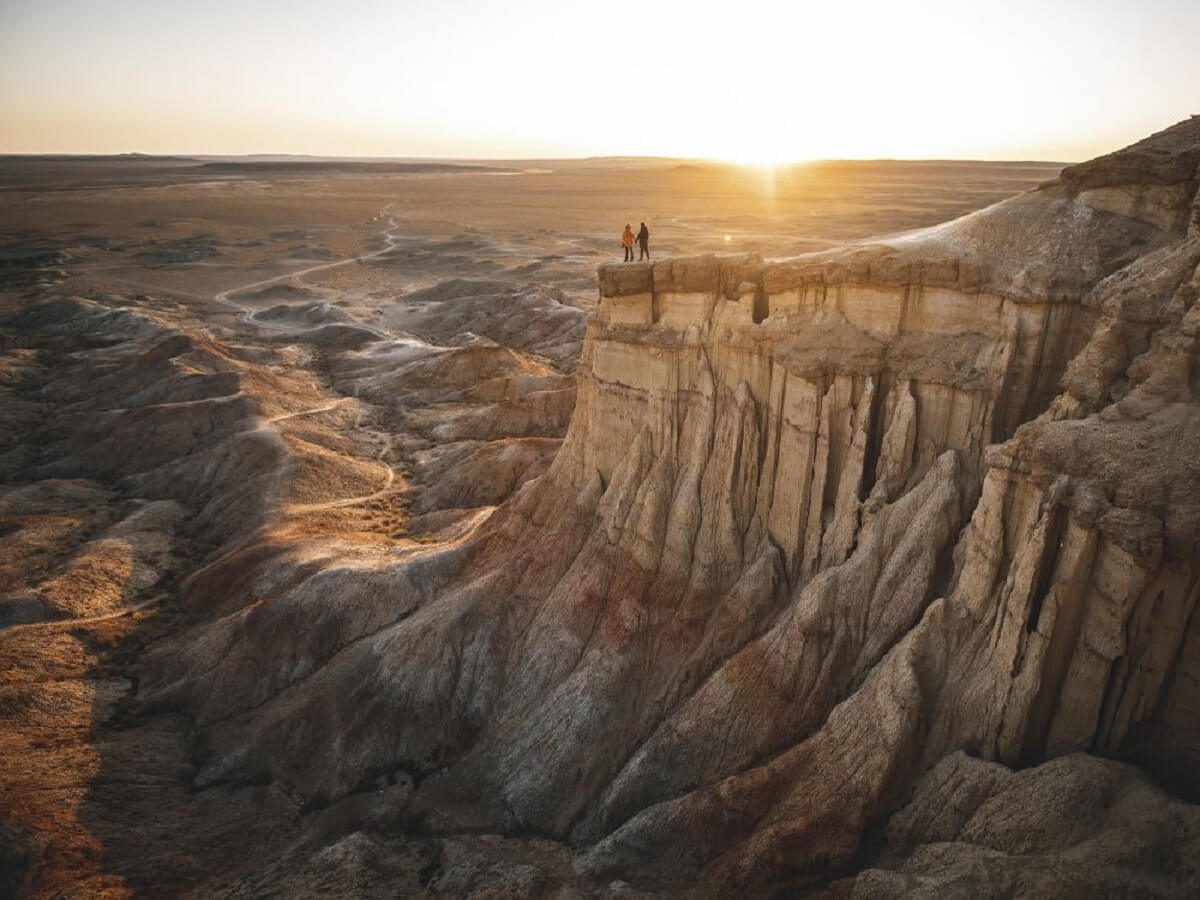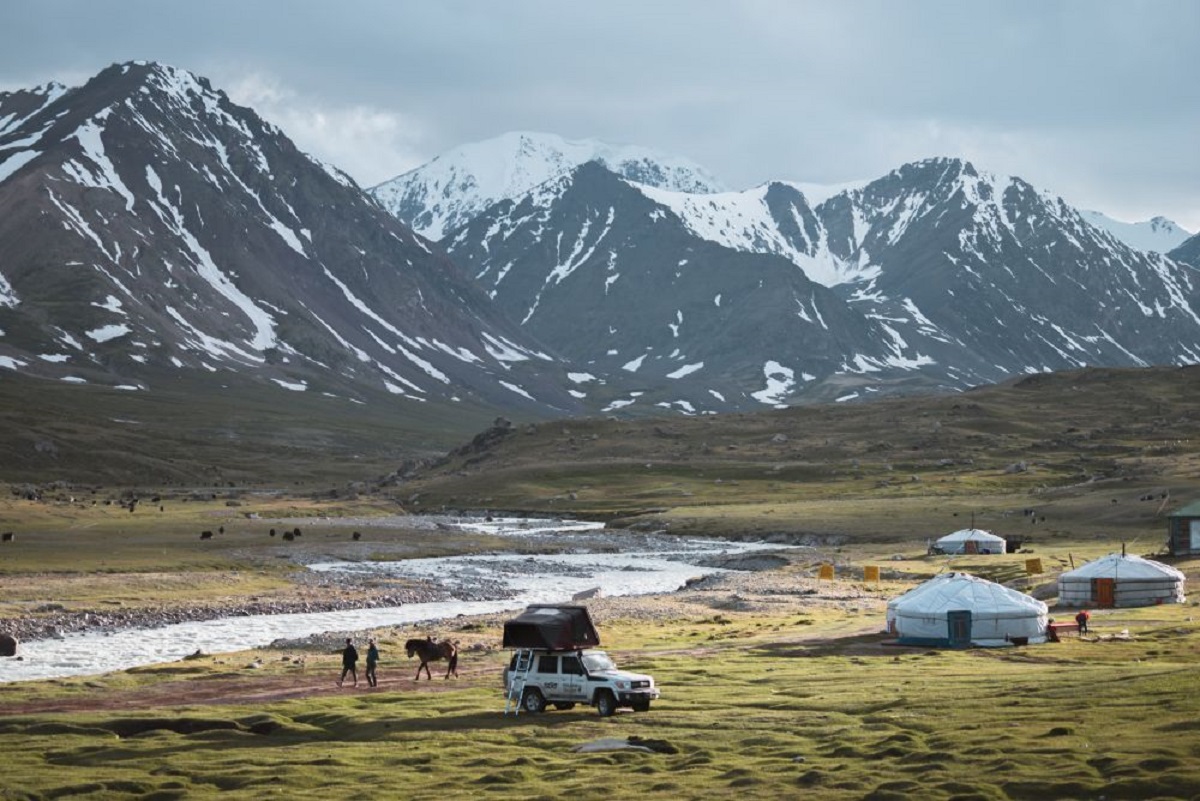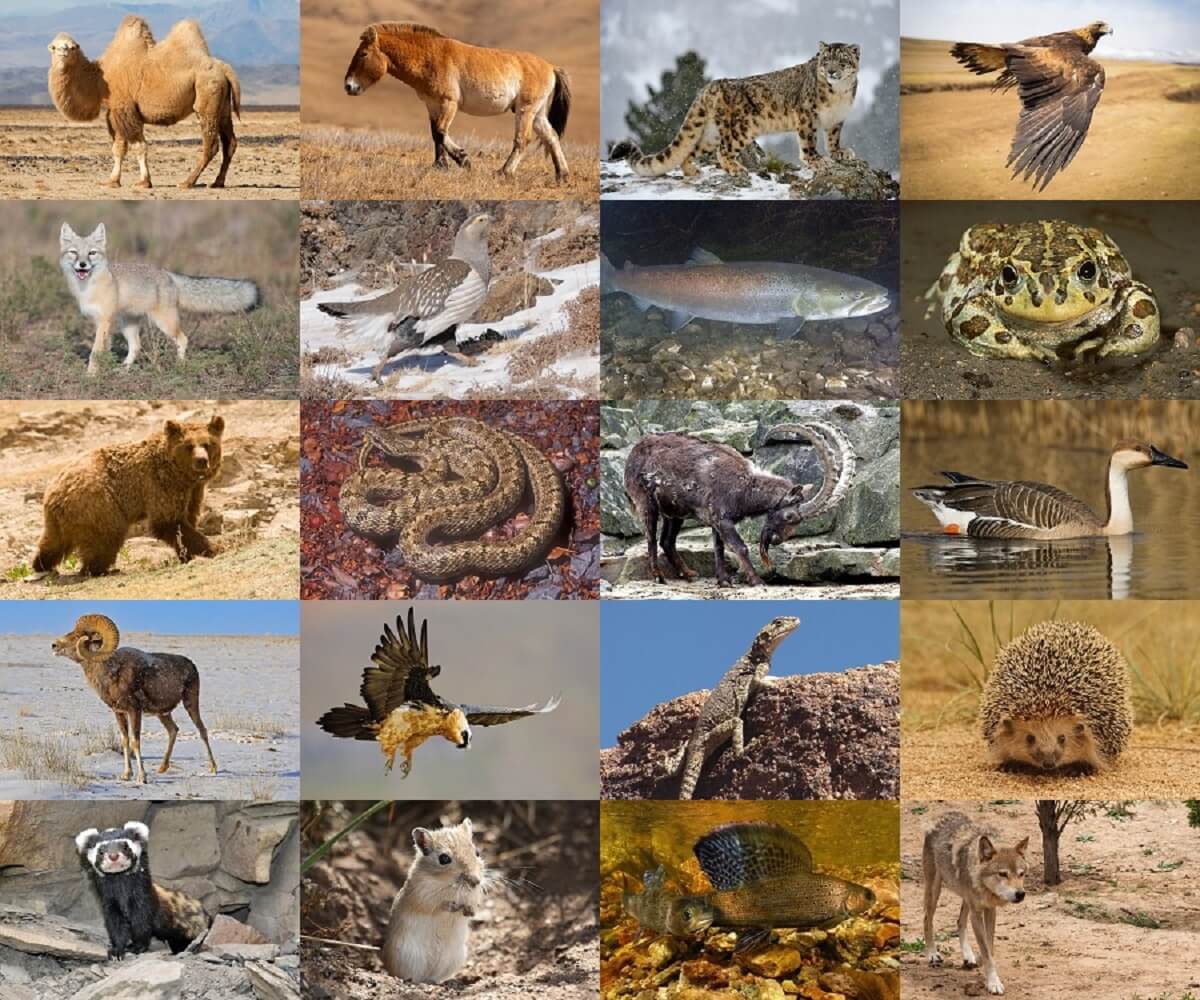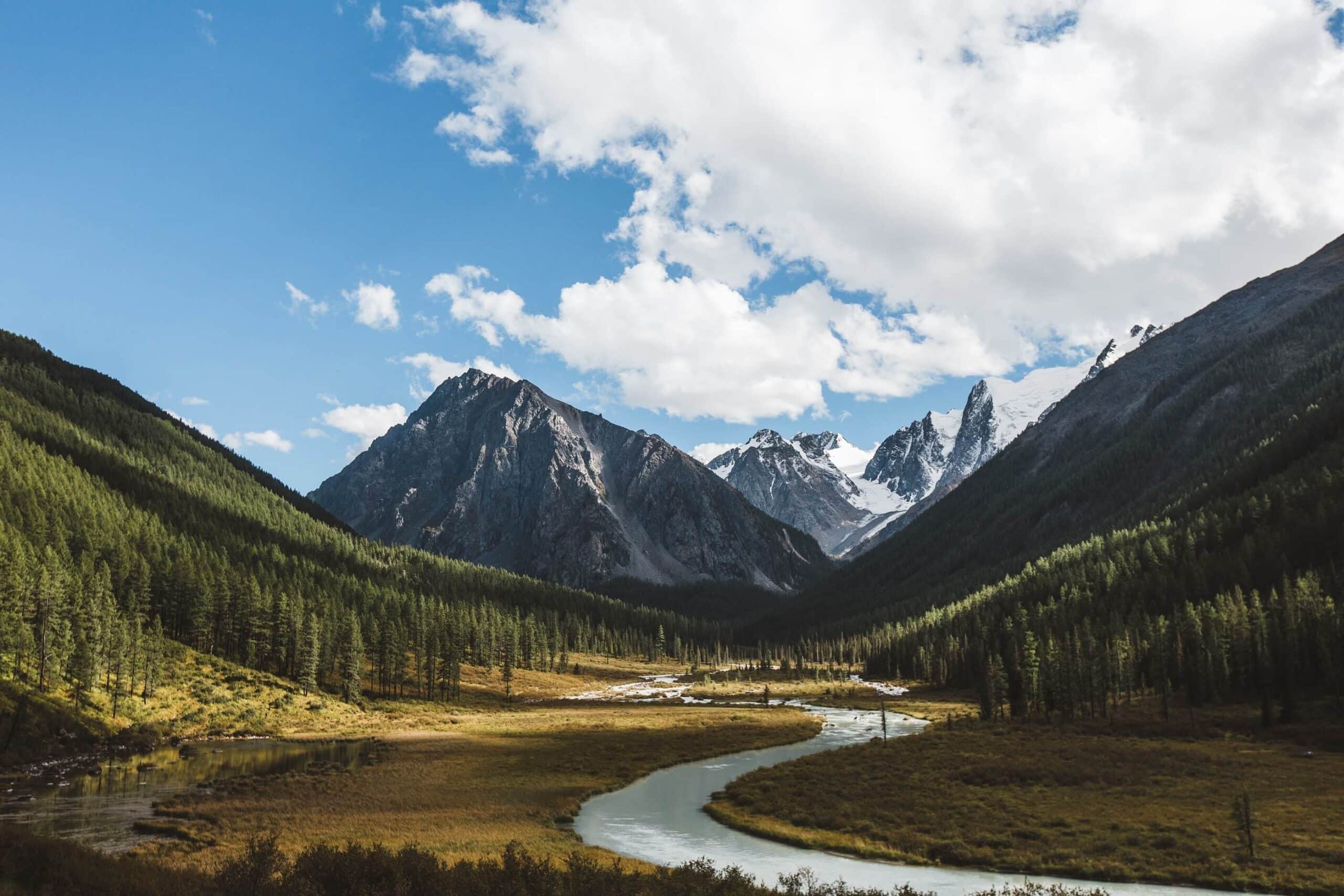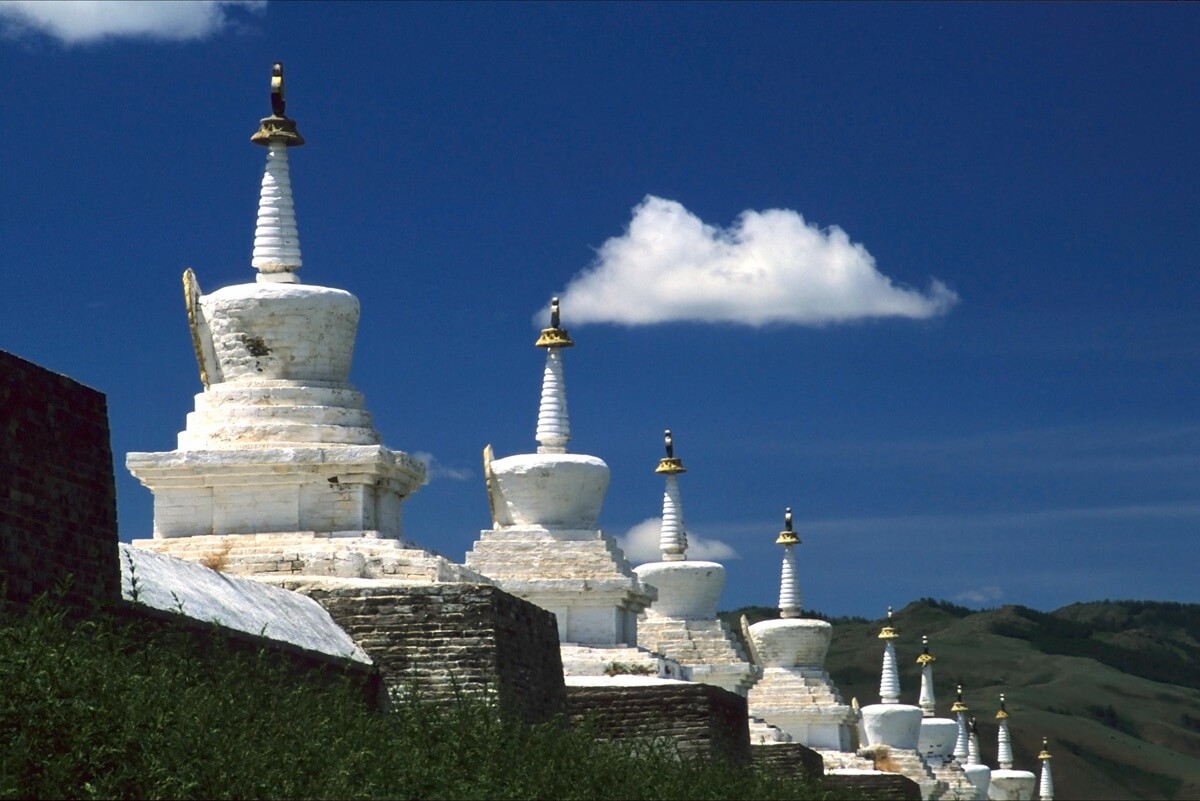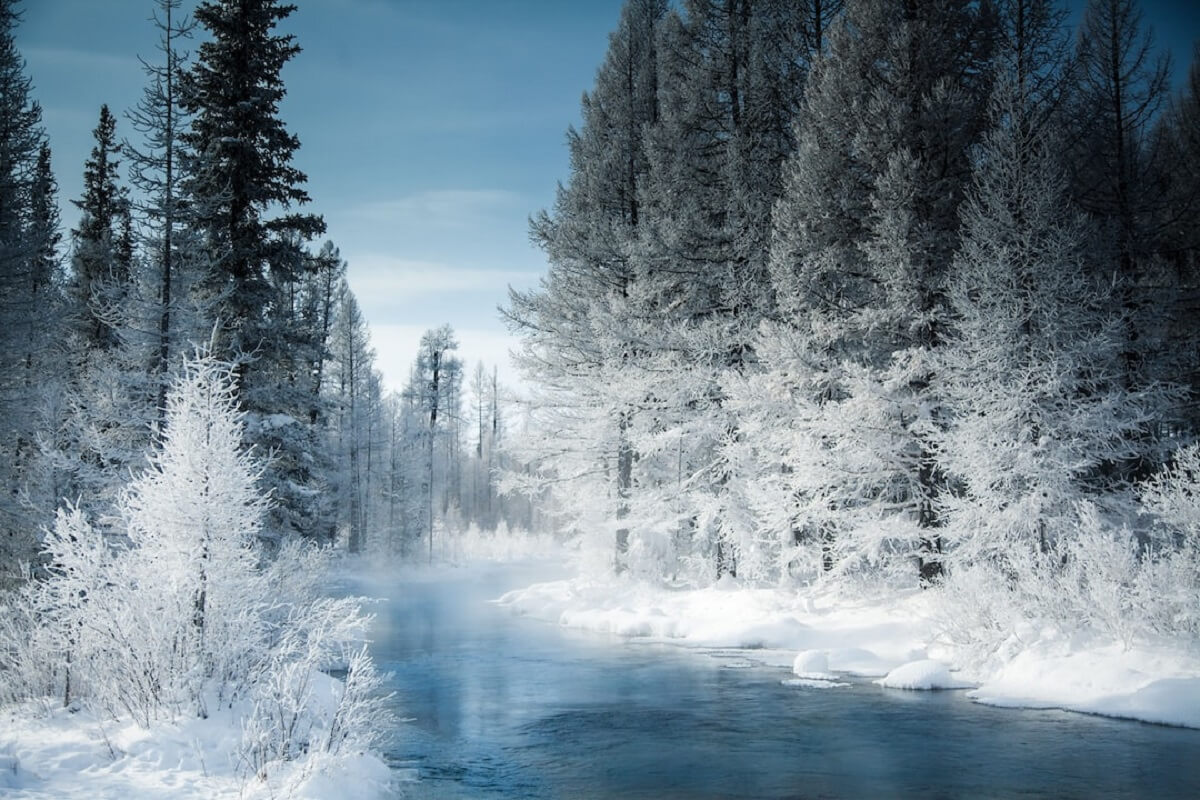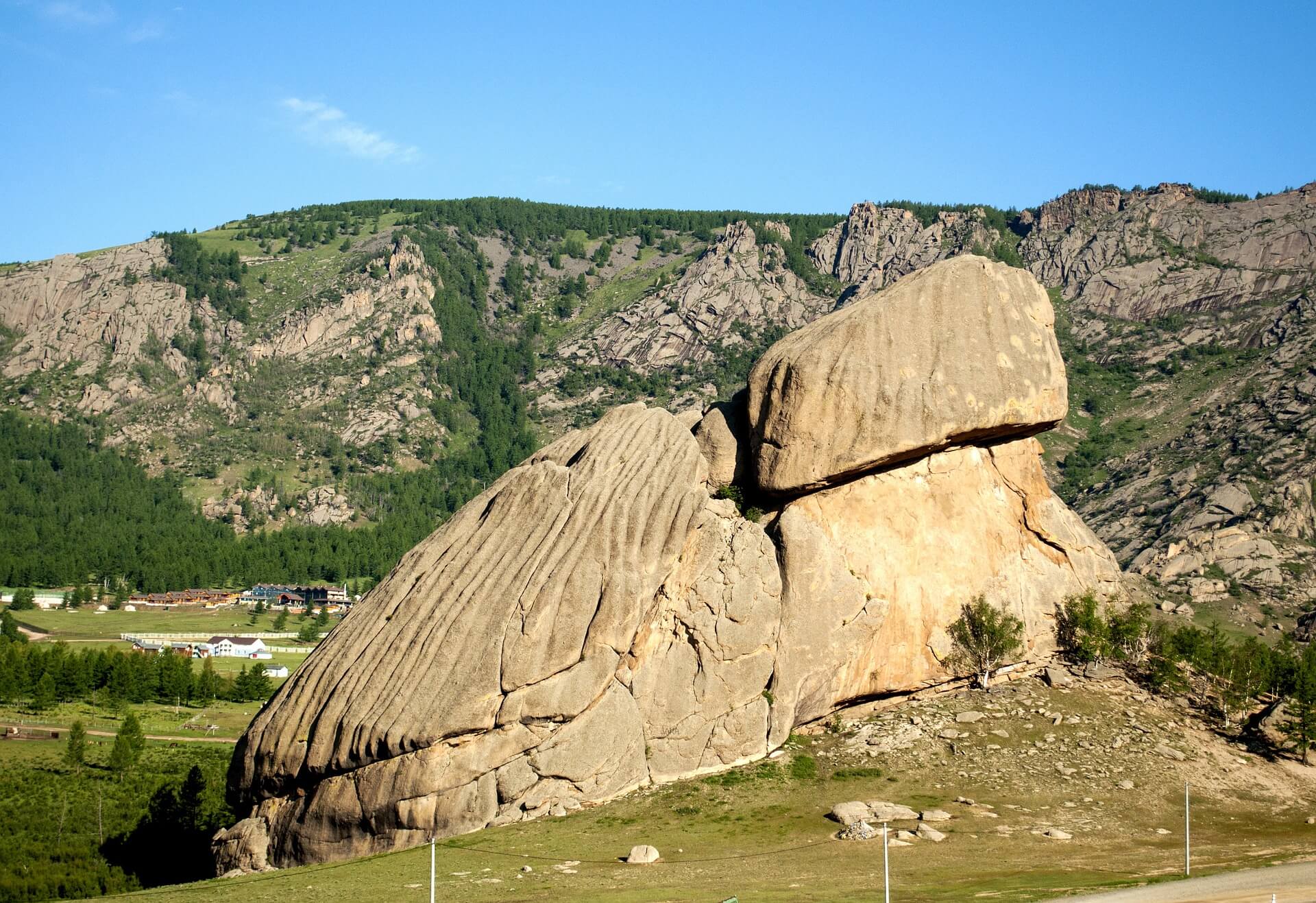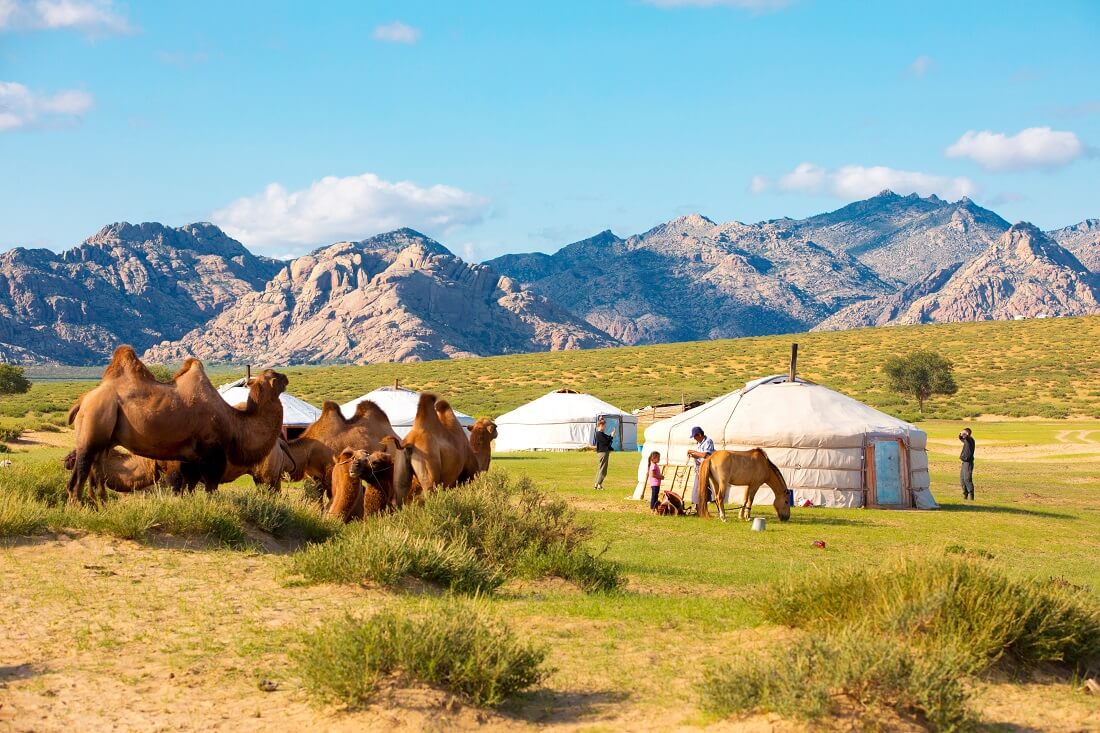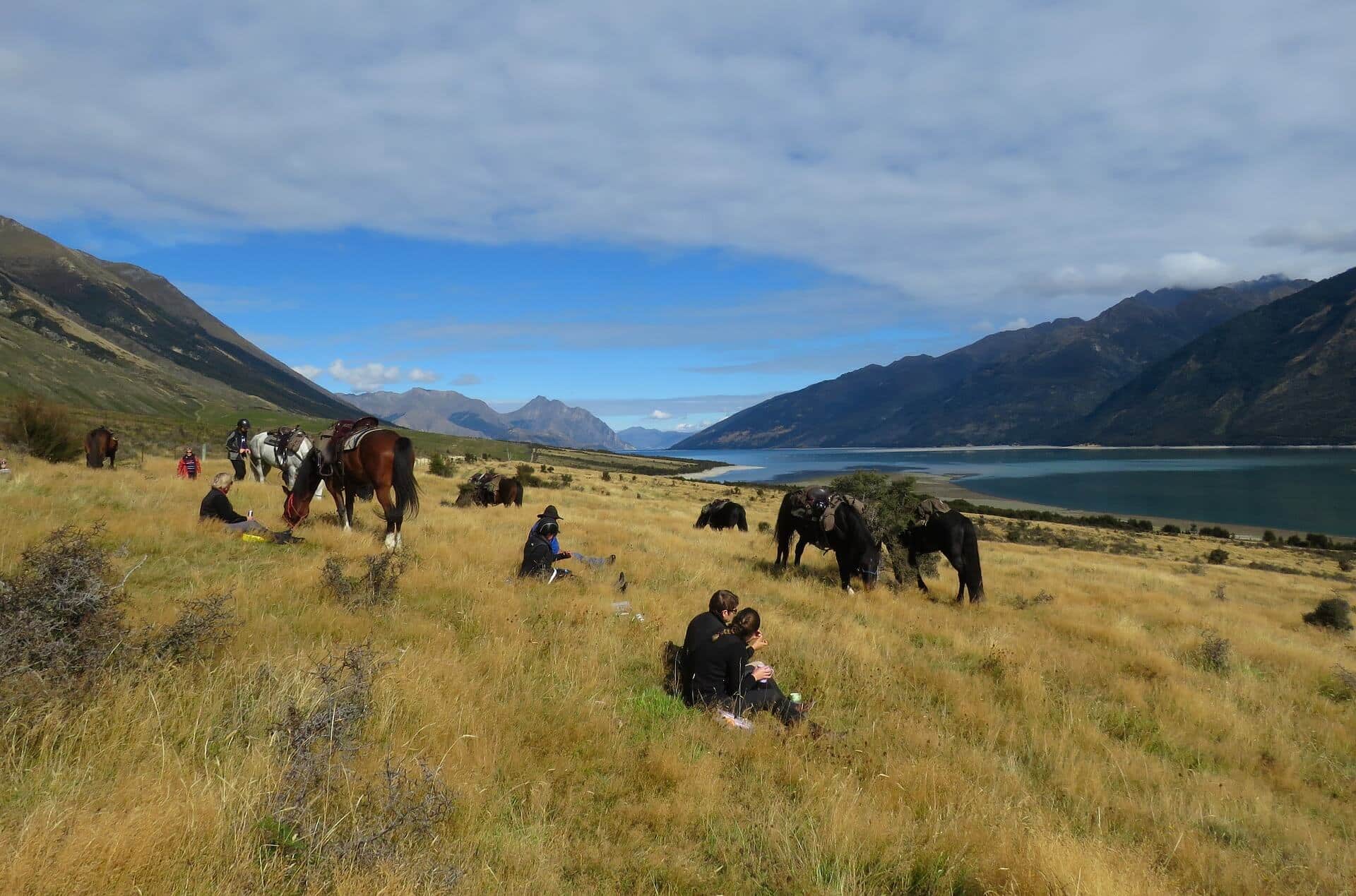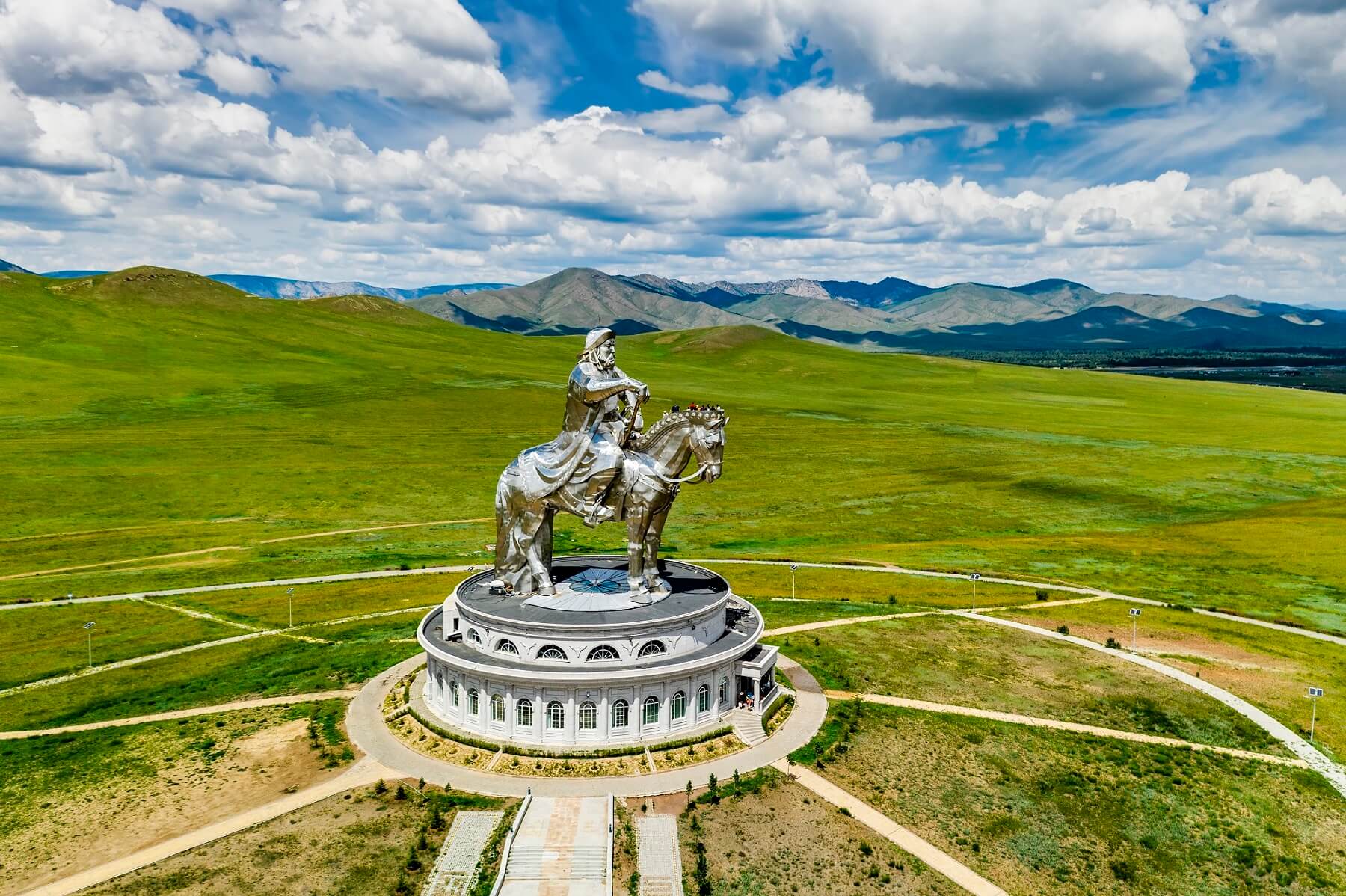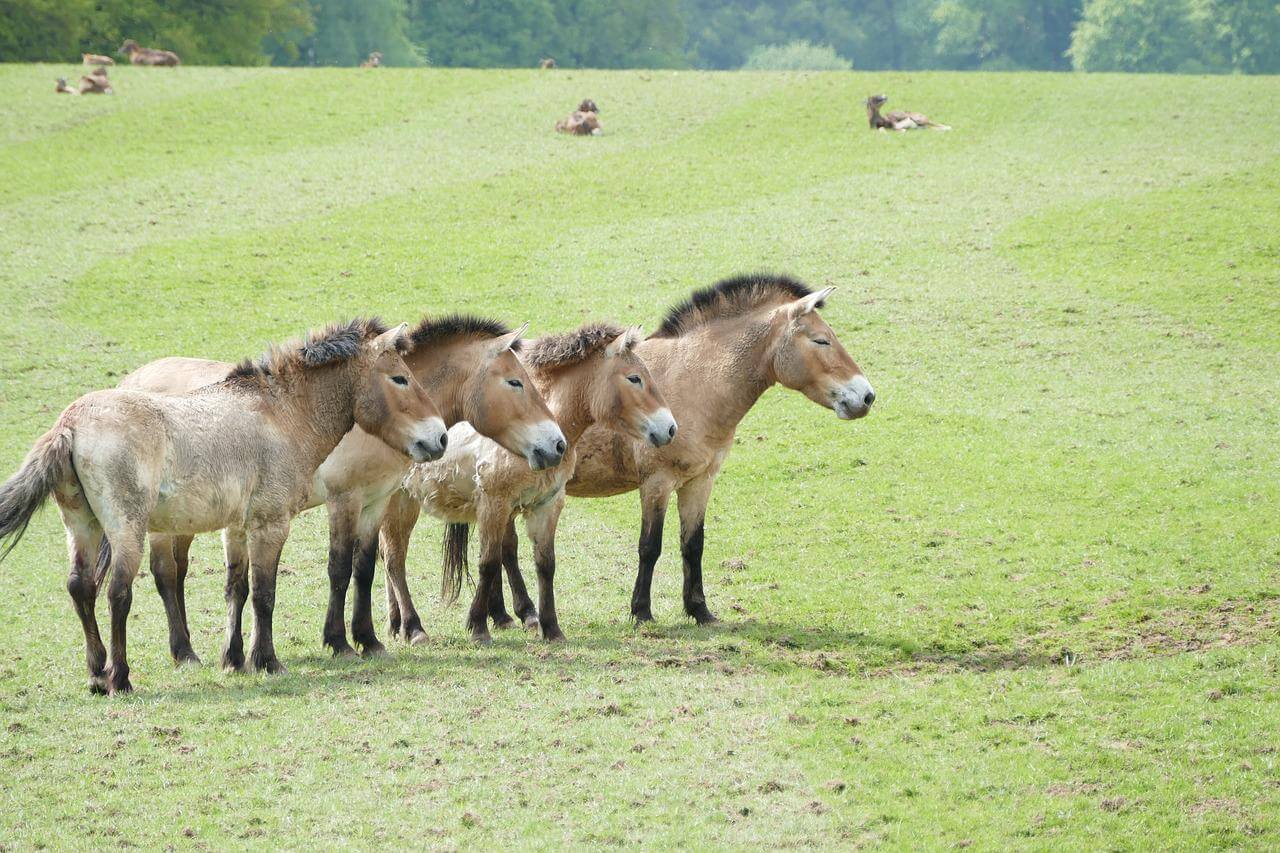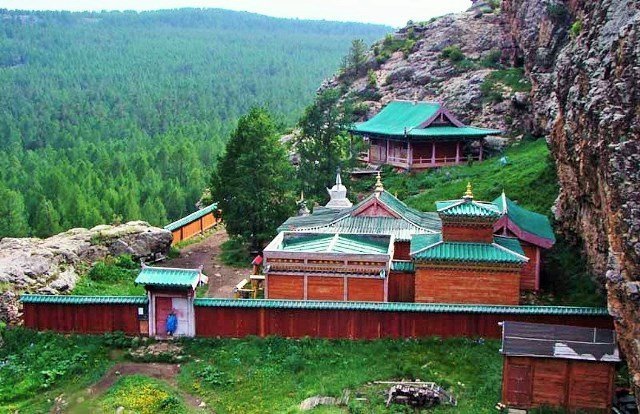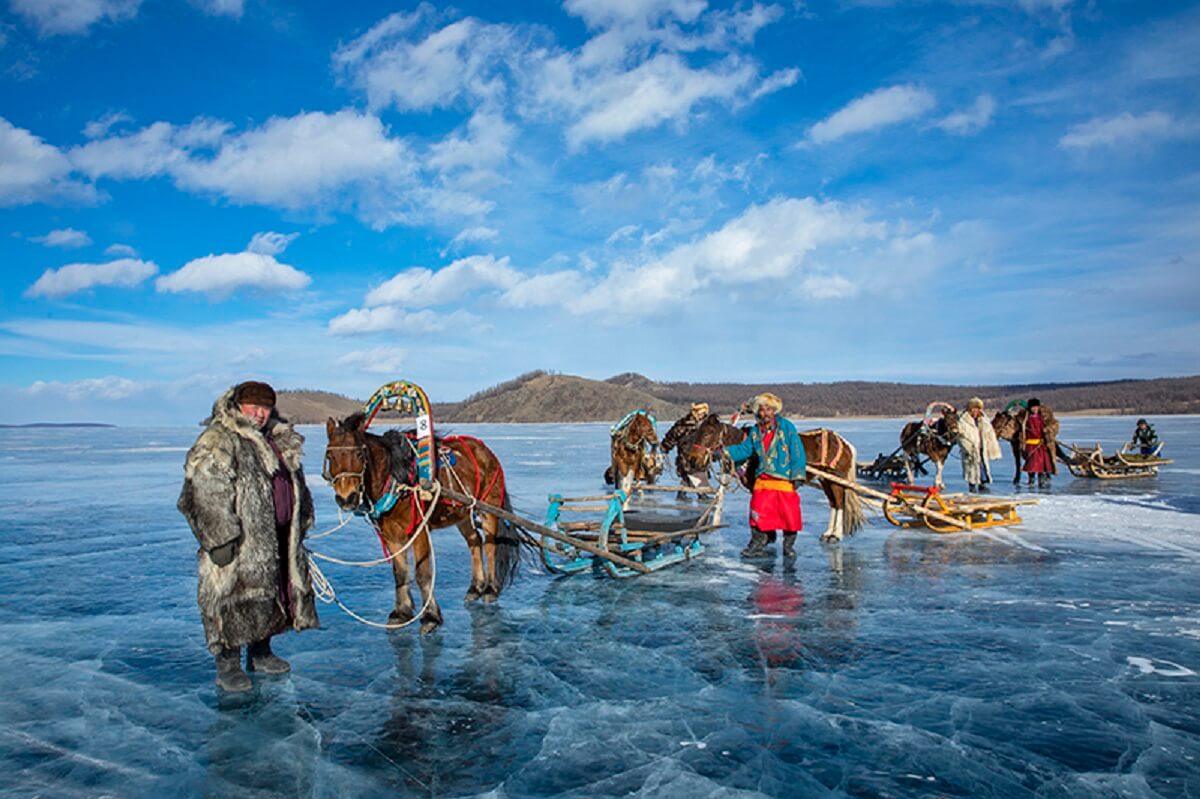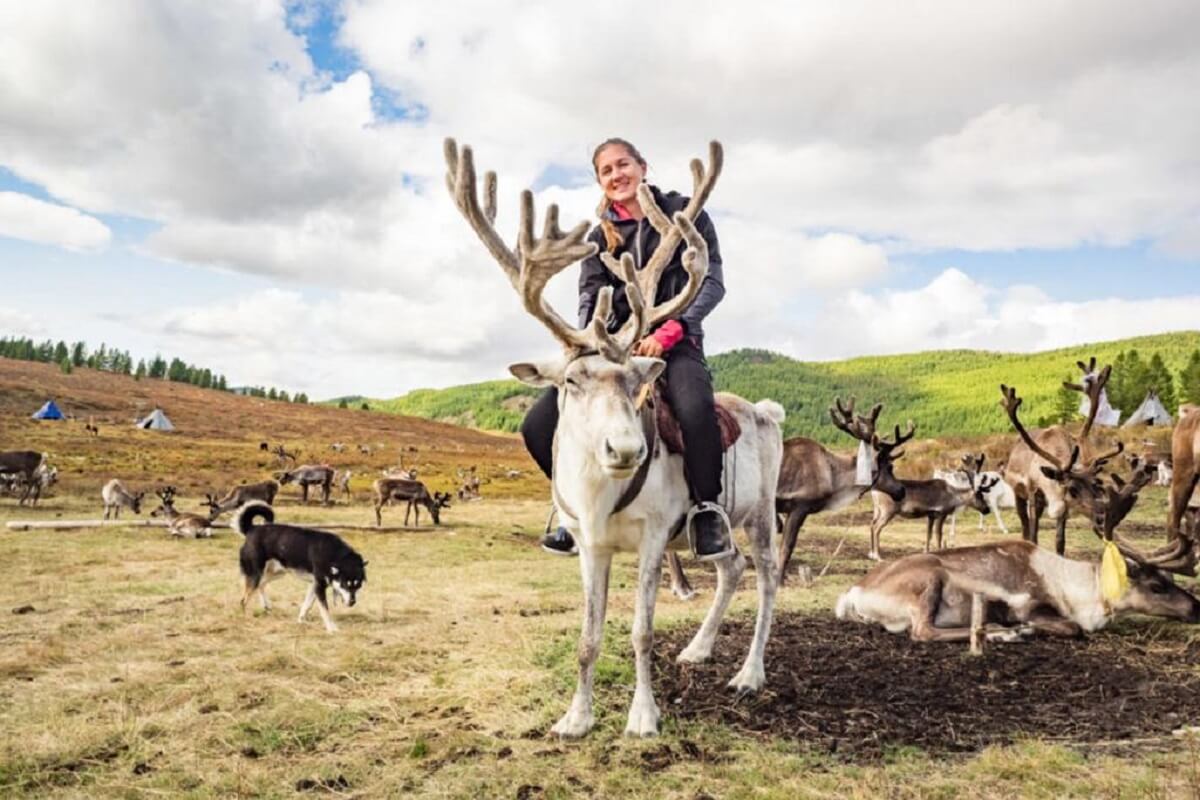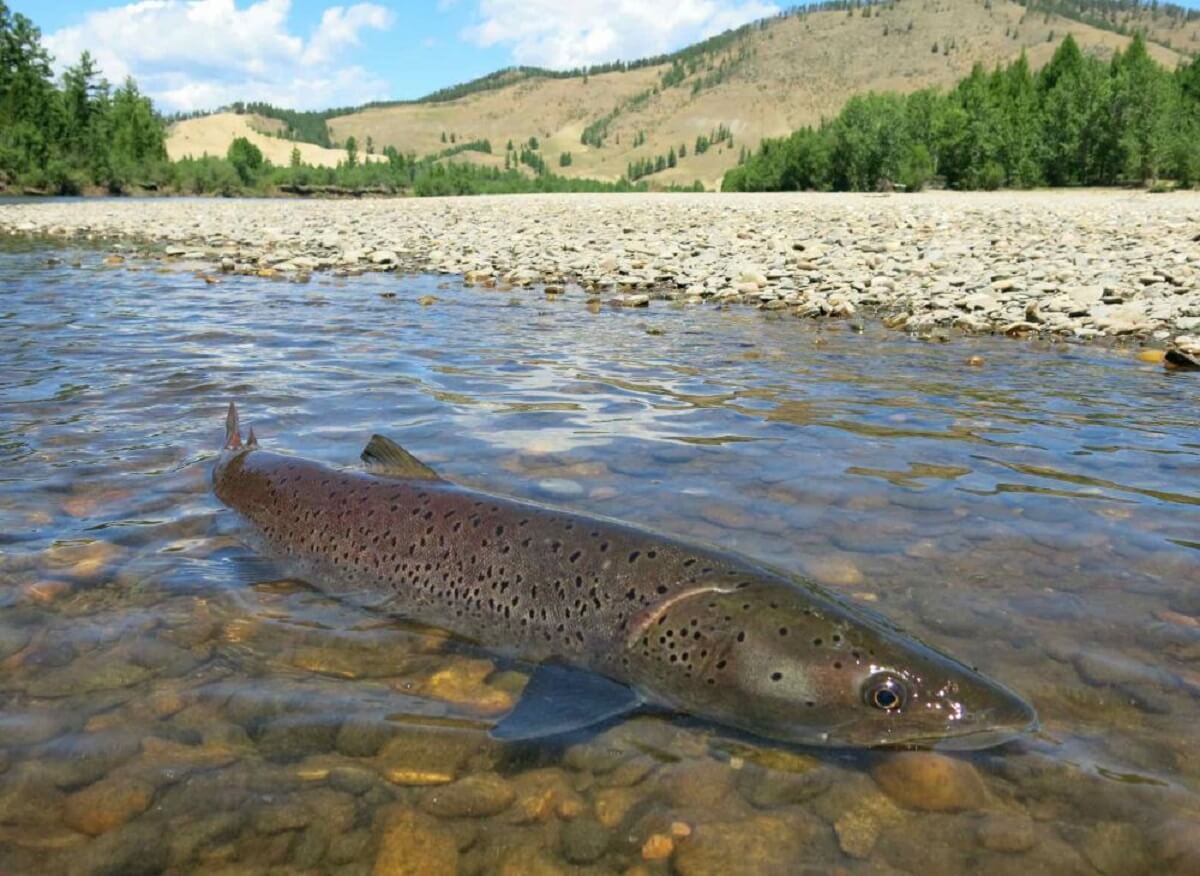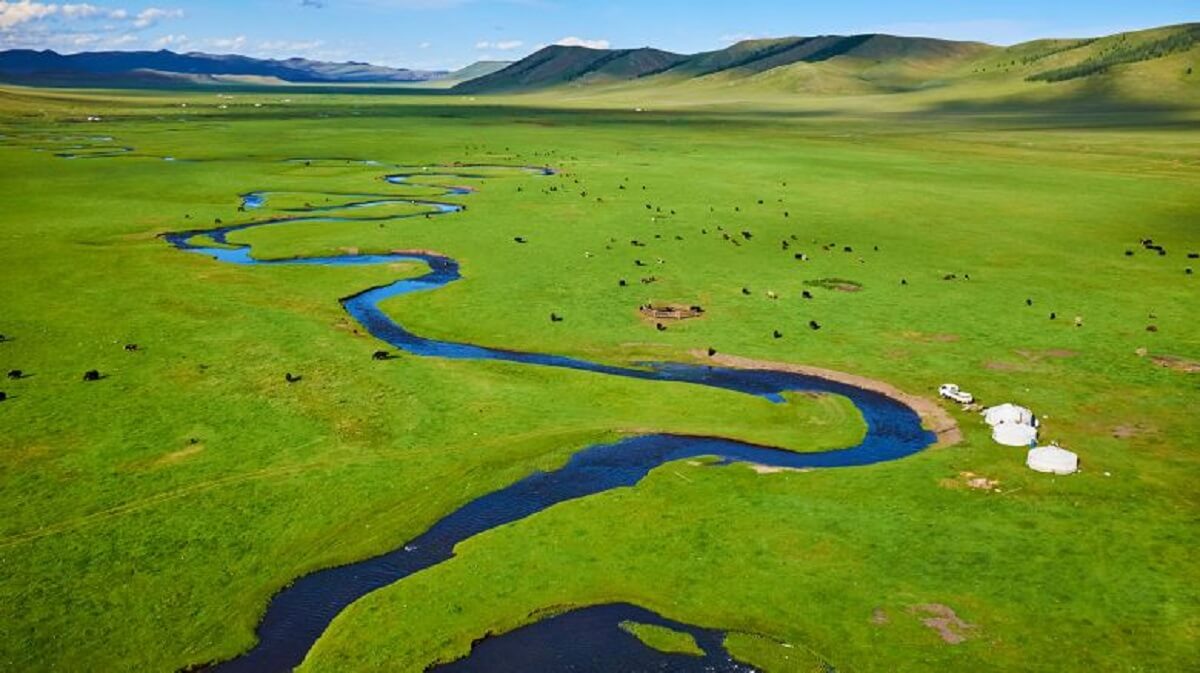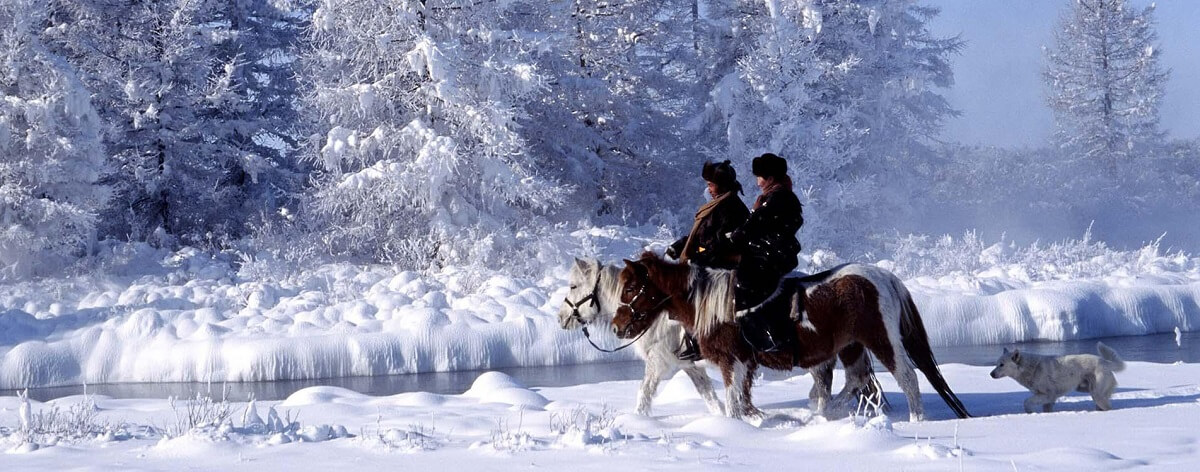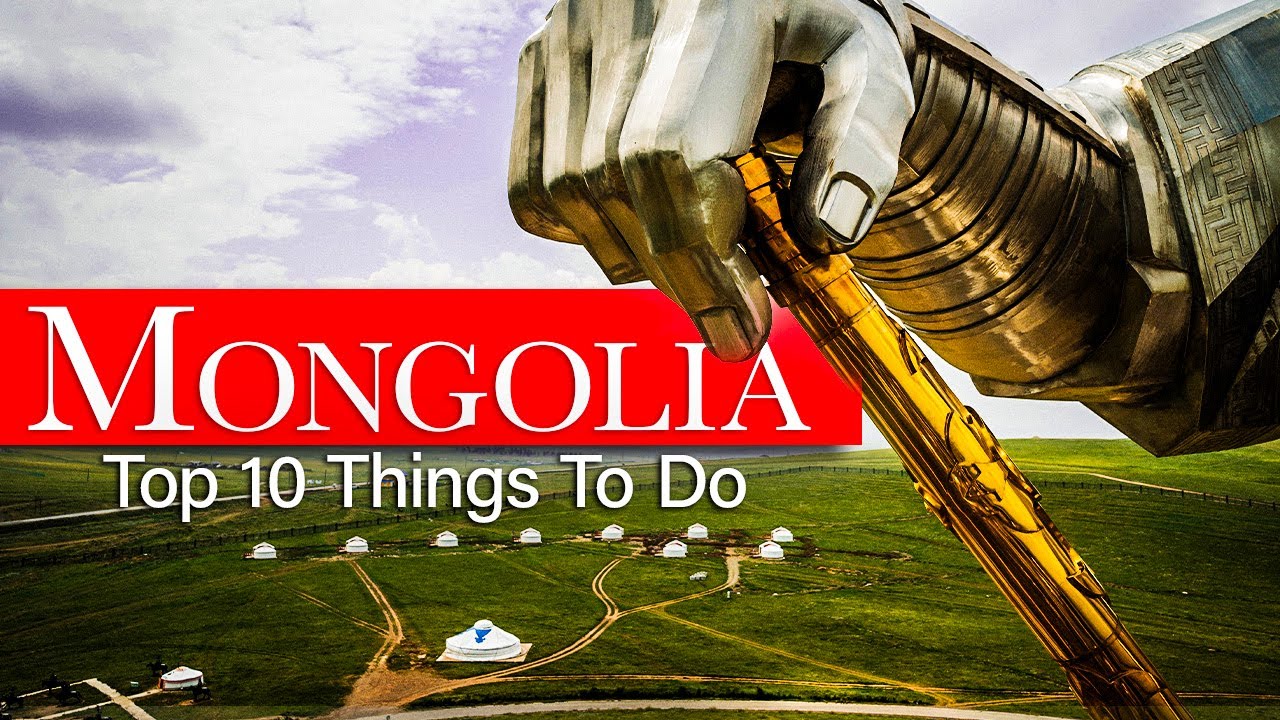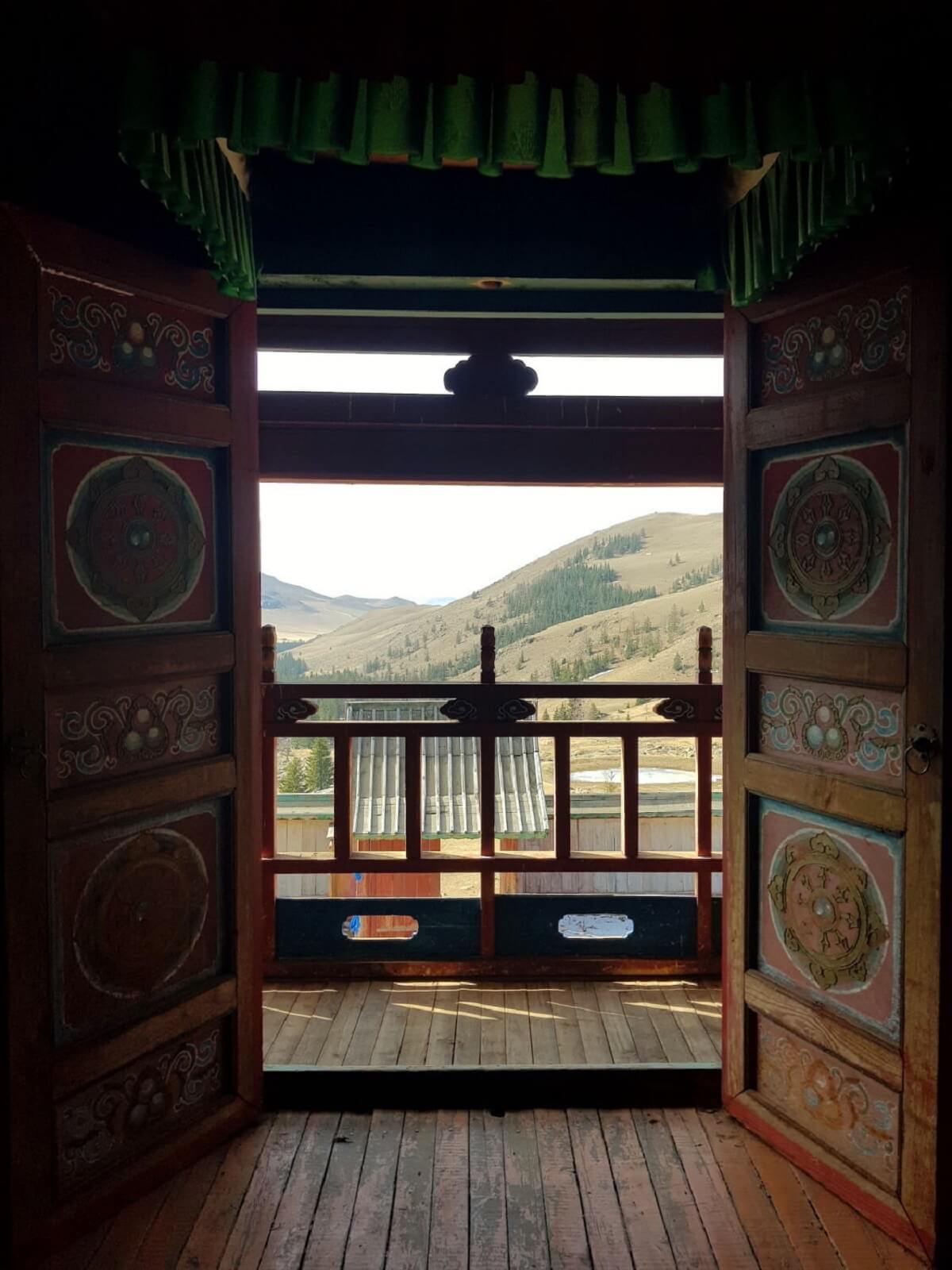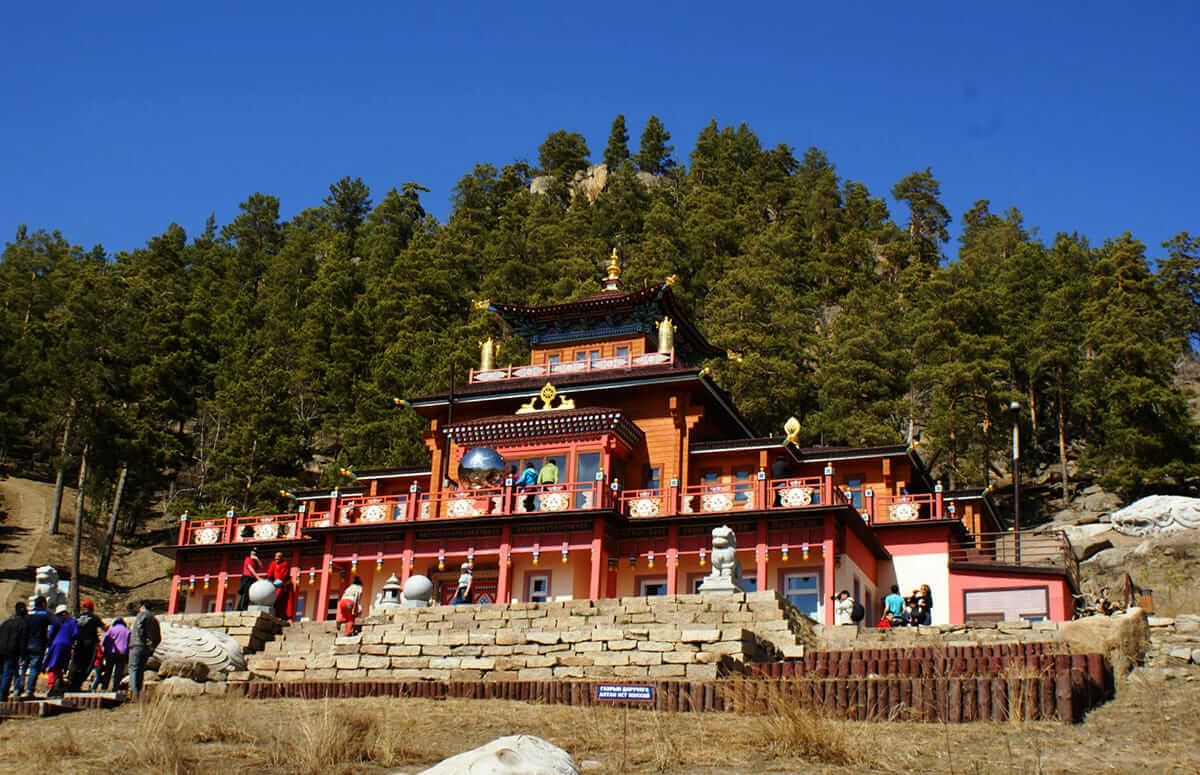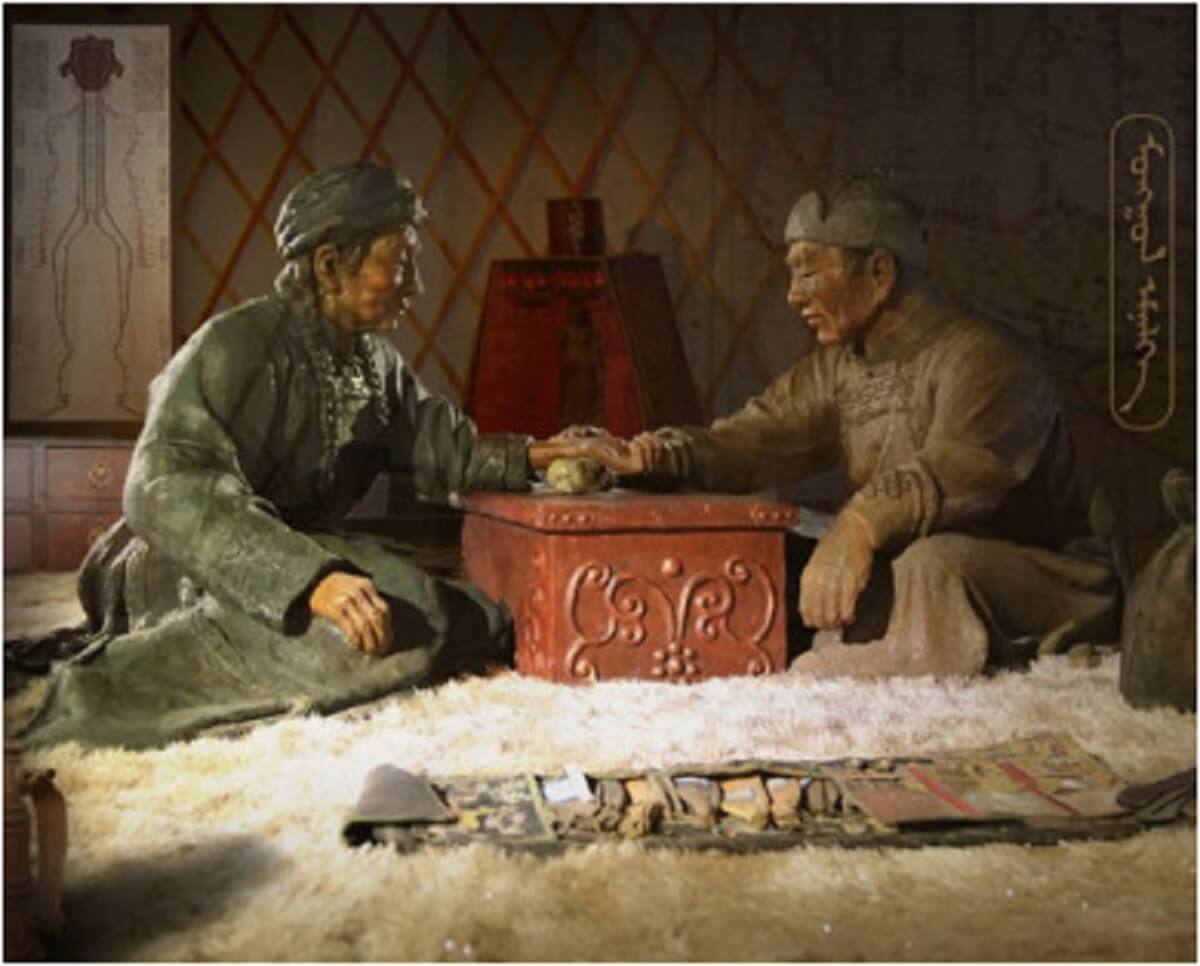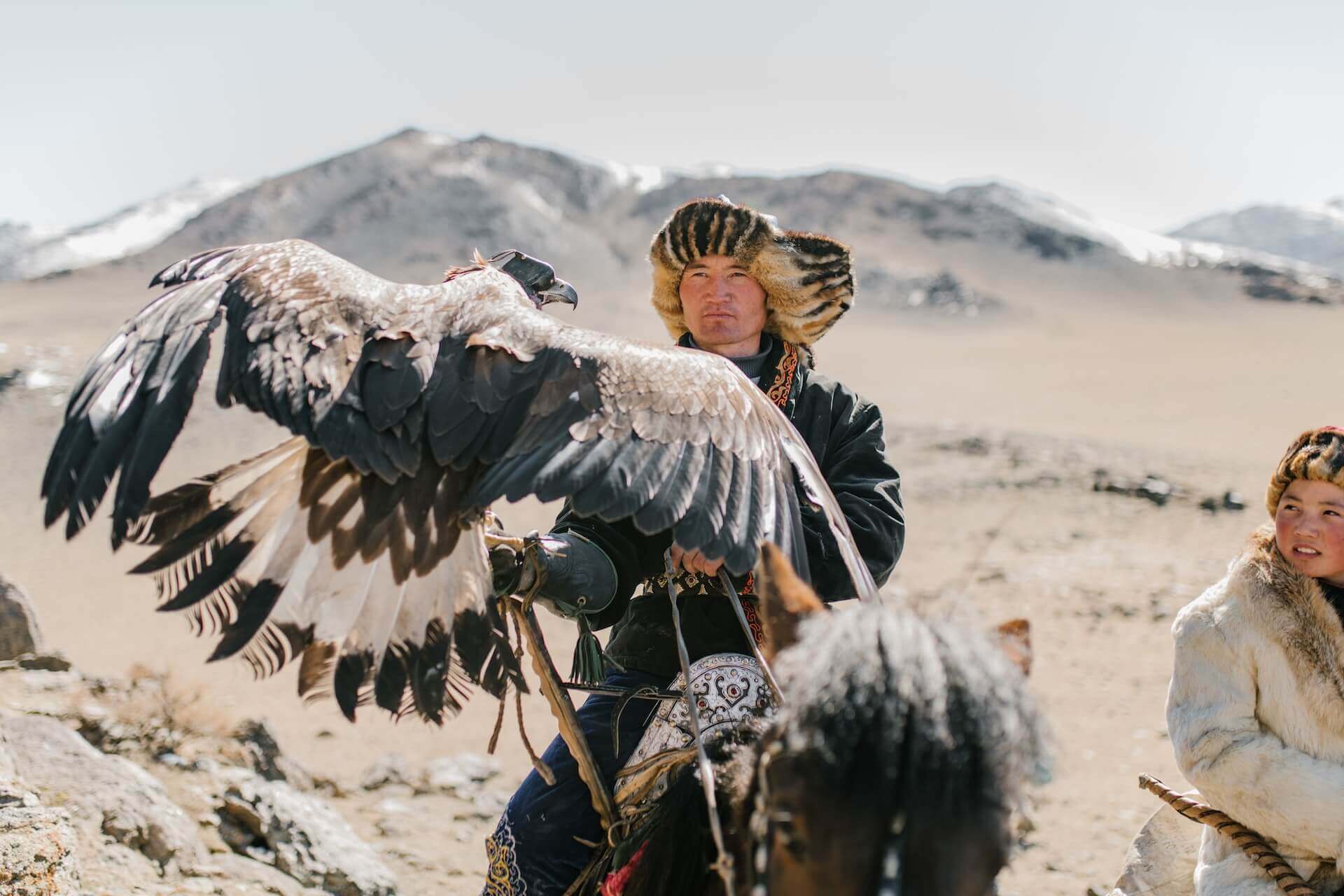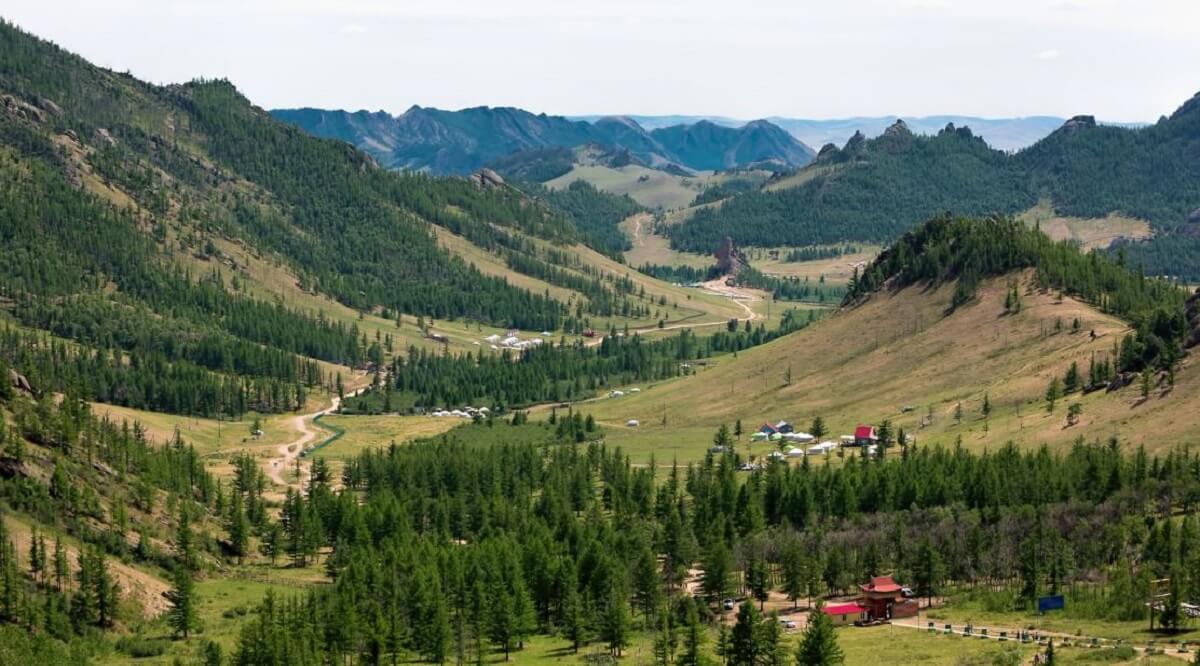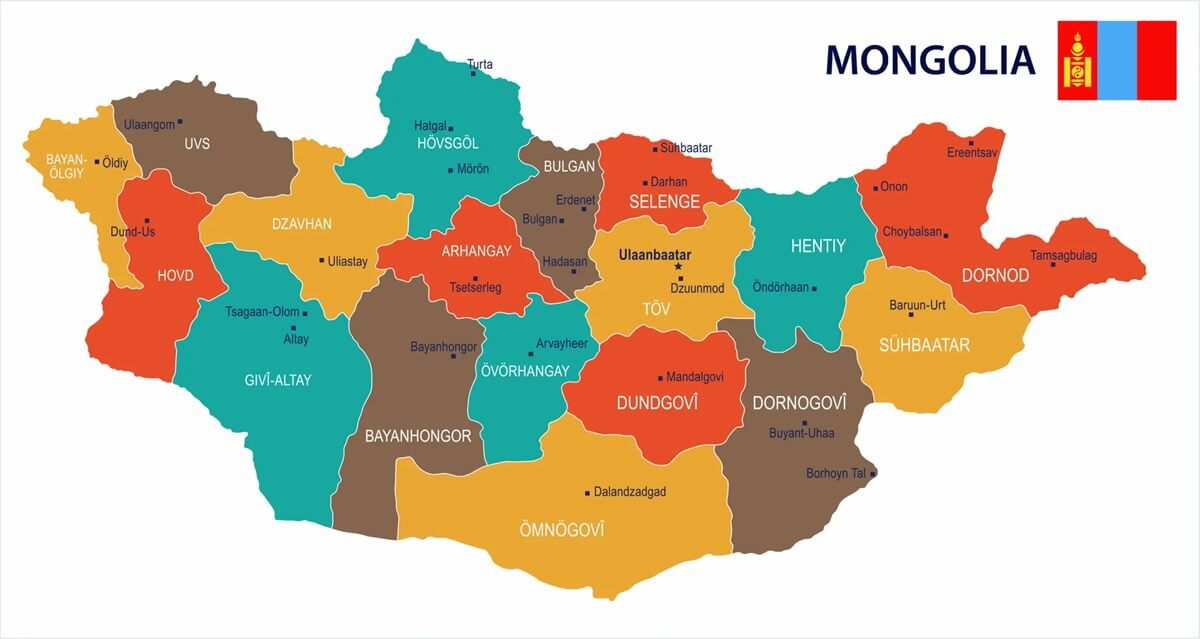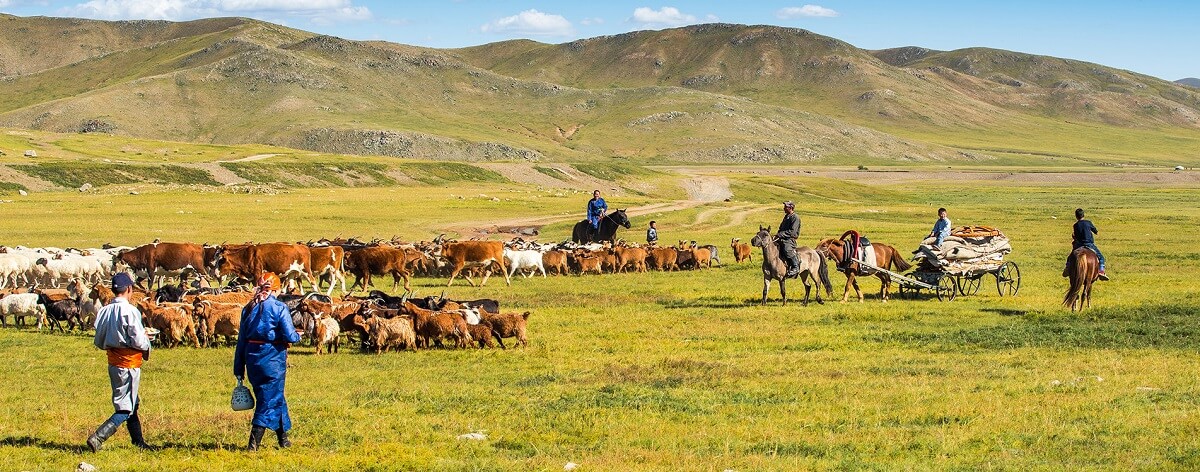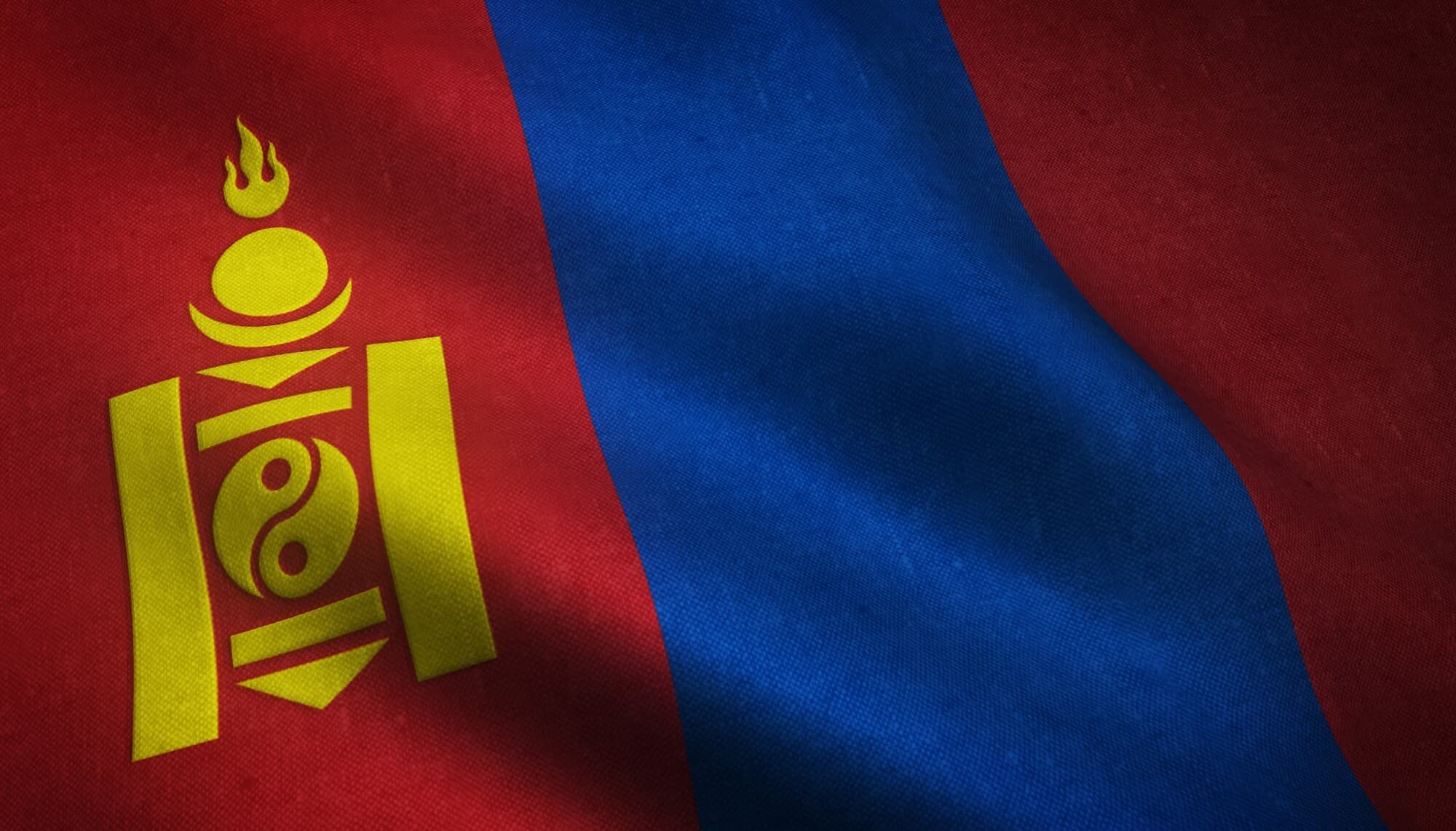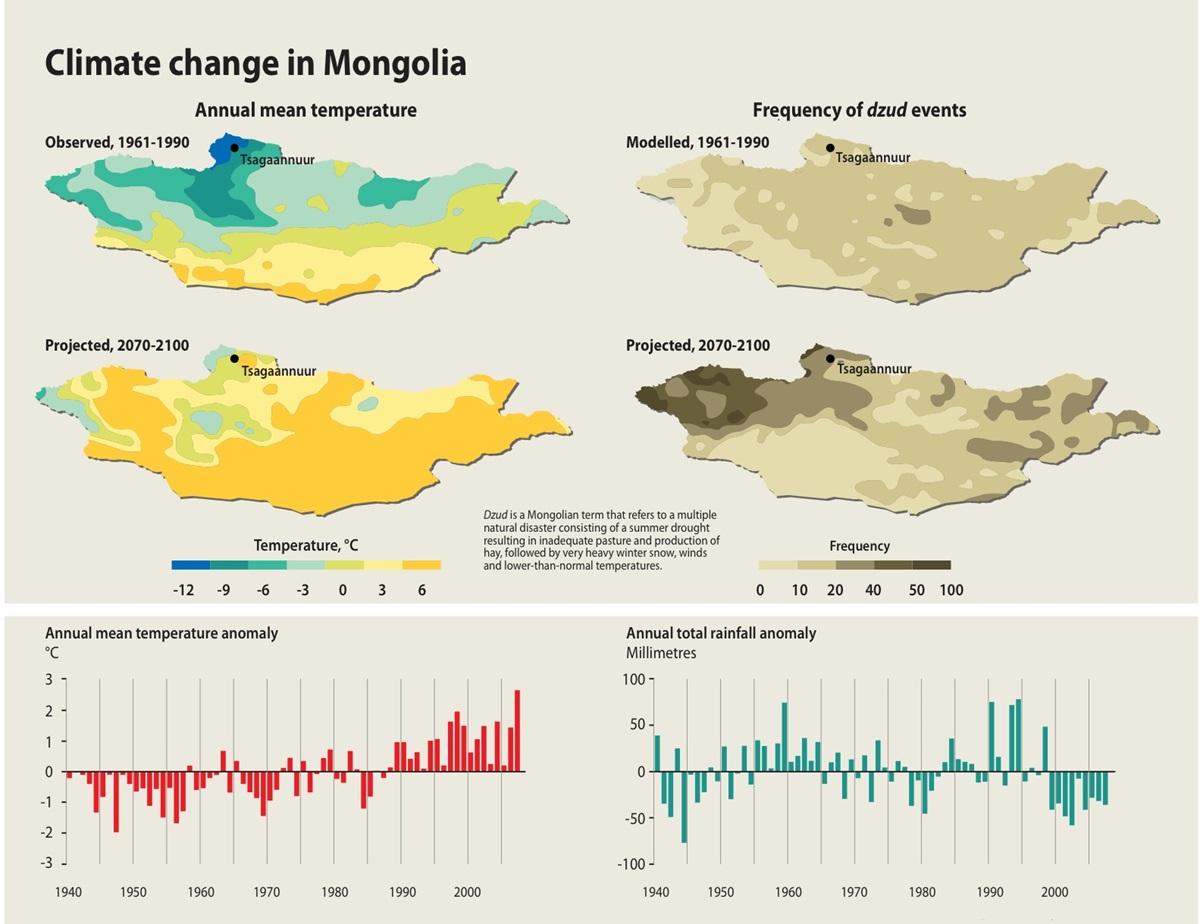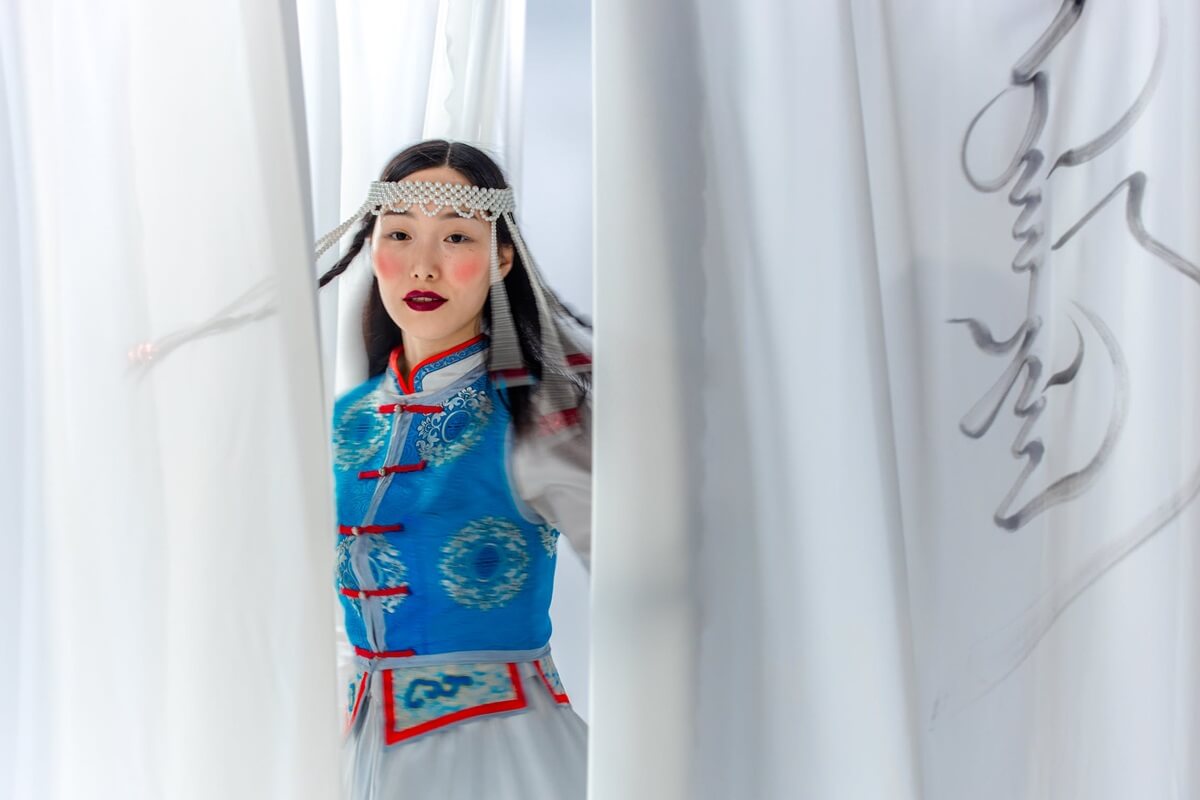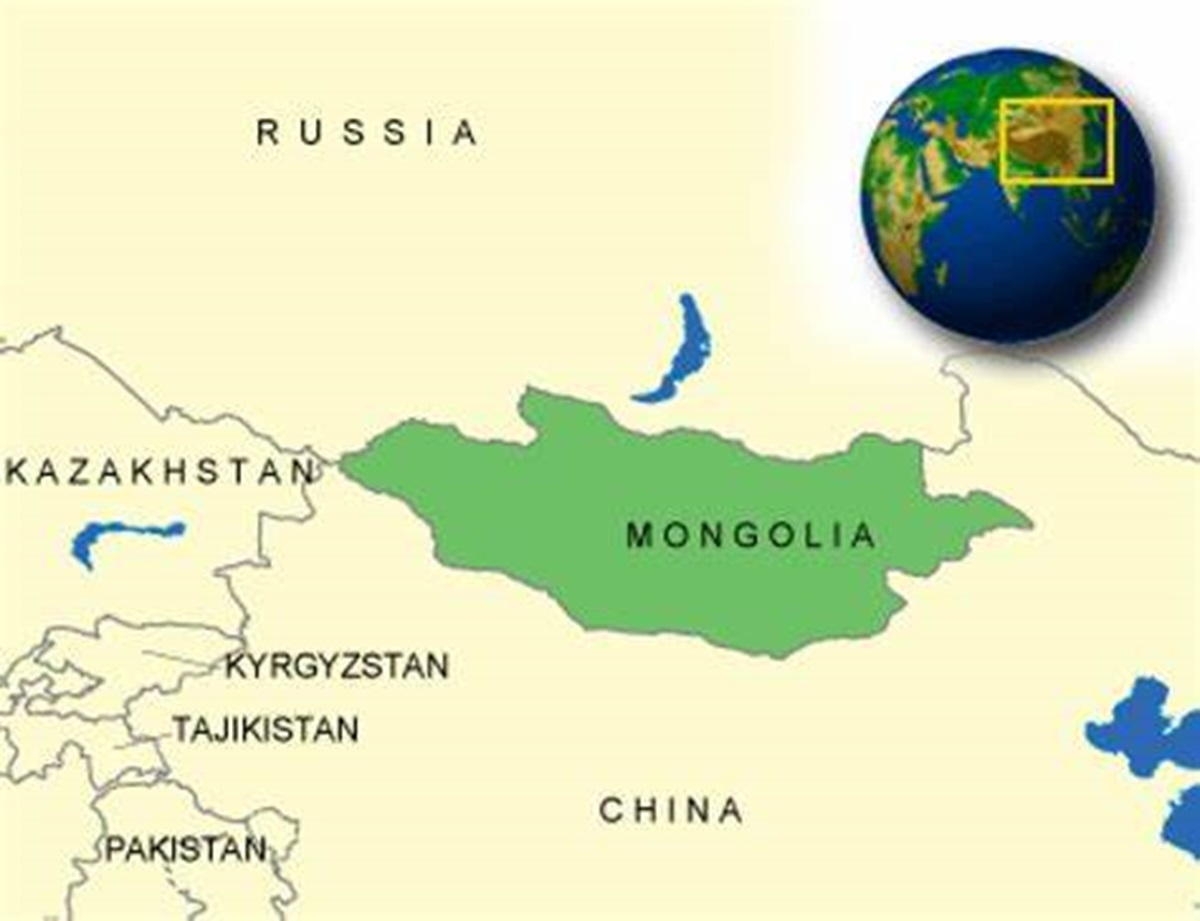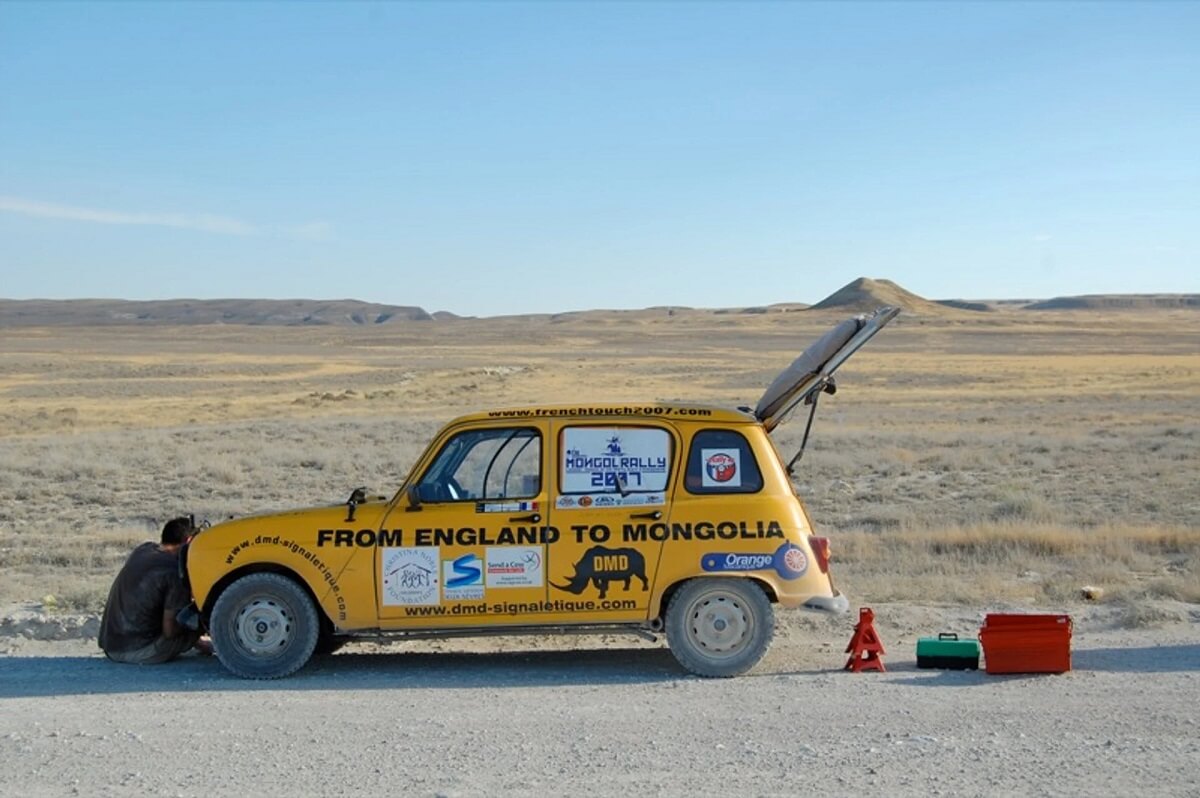If you’re an avid traveler captivated by Iceland’s dramatic landscapes, glacial formations, and unique Viking culture, your next unforgettable destination might just be Mongolia. These two countries—one perched in the North Atlantic, the other nestled between Russia and China in the heart of Asia—offer two dramatically different yet equally compelling travel experiences.
In this in-depth comparison of Iceland vs Mongolia, we explore how each country stands out through its geography, history, culture, and adventure opportunities, highlighting the unique characteristics across various areas—and why Mongolia might just be your next bucket-list destination.
Key Takeaways
- Unique things to experience include Mongolia’s cultural festivals and local hospitality, and Iceland’s geographical wonders and activities.who appreciate the wonders of Iceland. Here’s why a tour of Mongolia should be next on your bucket list.
- Mongolia offers unspoiled natural beauty, comparable to Iceland, with diverse terrains like the Gobi Desert and Altai Mountains.
- Rich nomadic traditions in Mongolia provide a living cultural experience, while Iceland charms with Viking tales and sagas.
- Unique wildlife encounters include Mongolia’s snow leopards and wild horses, and Iceland’s puffins and Arctic foxes.
- Both destinations offer solitude, but Mongolia’s lower population density amplifies this serenity.
- Historical landmarks in both countries reflect rich, enduring legacies—from Kharkhorin to Reykjavik.
- For those seeking lower travel costs and expansive natural beauty, Mongolia provides significantly more value.
Diverse and Untamed Landscapes
When you think of Iceland, its signature landscapes—volcanoes, ice fields, glaciers, and steaming geothermal pools—often come to mind. The country’s small population and remote location have helped preserve its raw, untouched scenery.
In contrast, Mongolia offers a striking variety of landscapes across its vast area. From the south, where the golden dunes of the Gobi Desert shift endlessly under the sun, to the rugged snowcapped peaks of the Altai Mountains in the west, Mongolia’s terrain is as rich and diverse as its history. Mongolia’s higher altitude and proximity to the Siberian Anticyclone contribute to its extreme climate, especially in winter.
The northern region near Lake Khövsgöl, sometimes called the “Blue Pearl,” presents pristine alpine forests and icy lakes that mirror Iceland’s glacial wonders. And in the capital city, Ulaanbaatar, you’re never far from a remote valley, sweeping steppe, or sacred mountain.
Cultural Heritage: Nomads vs Vikings
In terms of cultural experiences, Iceland vs Mongolia offers travelers vastly different but equally immersive journeys. Iceland’s Viking heritage is a major draw. Visitors to Reykjavik, the capital, often explore sagas, Viking longhouses, and Norse mythology, gaining insight into a people who conquered the sea.
Meanwhile, Mongolia’s nomadic lifestyle, still practiced by nearly 30% of its population, offers a living, breathing window into human resilience and harmony with nature.
Guests are welcomed into gers (yurts), dine on traditional dairy-based meals, and even partake in Naadam, the mid-July festival that features wrestling, archery, and horse racing. Mongolian locals are exceptionally welcoming and happy to engage with visitors, making the experience even more memorable.
Where Iceland’s cultural allure is often viewed through museums and architecture, Mongolia invites travelers to live it—directly participating in herding, cooking, and seasonal migrations.
Wildlife Encounters in the Wild
Nature lovers often debate Iceland vs Mongolia when it comes to spotting rare wildlife. In Iceland, iconic creatures such as puffins, whales, and Arctic foxes captivate tourists, particularly near the ice-capped regions., particularly along the rugged coastlines and near marine cliffs.
On the flip side, Mongolia brings visitors closer to some of the rarest animals on the planet. The snow leopard, notoriously difficult to spot, roams the mountains of western Mongolia. In Khustain Nuruu National Park, the country’s wild Takhi horses—a species once extinct in the wild—now thrive significantly thanks to reintroduction efforts. The Gobi Desert is home to the Bactrian camel, perfectly adapted to the arid conditions. Travelers have brought new experiences and contributions to Mongolia, enriching the travel experience and fostering unexpected events.
Birdwatchers will also find paradise around Mongolia’s north and central lakes, which serve as a source of migratory bird activity. These lakes are not only crucial for birds but also host a variety of fish species, where migratory birds gather in spring and summer.
Adventure and Exploration
In terms of raw adventure, In the previous year, the Iceland vs Mongolia comparison depends on your appetite for risk and solitude. In Iceland, travelers often book glacier hikes, snowmobiling tours, and snorkeling between tectonic plates in Thingvellir National Park.
Mongolia, however, takes outdoor exploration to another level. Imagine trekking through untouched valleys in the Altai Mountains, riding horseback for days across endless steppe, or exploring the flaming cliffs of the Gobi Desert, where dinosaur fossils were first discovered. The sheer size of Mongolia’s land area means you can travel for hours—or even days—without encountering another vehicle or tourist.
Unlike Iceland, which has seen rising traffic and tourist numbers in recent years, Mongolia still offers a sense of isolation that is increasingly rare in today’s world. Over the past year, the increase in tourist numbers and traffic in Iceland contrasts sharply with the still relatively untouched nature of Mongolia.
Historical and Spiritual Significance
Though Iceland’s sagas are widely celebrated, Mongolia’s history is legendary. Once the seat of the Mongol Empire, it was the largest contiguous empire in world history.
The ruins of Kharkhorin, the ancient capital founded by Genghis Khan, offer a present-day portal into a country that once connected Europe and China through the Silk Road. The Erdene Zuu Monastery, built in the 16th century, blends Buddhist traditions with ancient shamanic roots.
Petroglyphs, stone carvings, and deer stones scattered across Mongolia’s steppes serve as a timeless source of inspiration, reflecting the artistry and spiritual beliefs of its people over thousands of years.
Serenity, Solitude, and Scale
In both countries, travelers seek serenity. Iceland is famous for its lava fields and black sand beaches, where one can hear only the crashing waves. But in Mongolia, silence becomes a lifestyle. With a population density of just two people per square kilometer, the country offers what many consider the lower-pressure, less-touristy alternative to Iceland. The extremely low average temperatures in Ulaanbaatar during January contribute to Mongolia’s reputation as the coldest national capital in the world.
Camp under endless stars, drink tea with nomads, and hike for days without seeing another soul—this is what Mongolia offers that few other destinations can provide.
In an increasingly digital and chaotic world, both Iceland and Mongolia offer retreats into nature. Yet the vastness and tranquility of Mongolia’s landscapes provide a more profound sense of disconnection and reflection.
Travel Costs and Value Comparison
In a practical sense, the cost of travel is another area to consider in the Iceland vs Mongolia debate. Iceland is known for its high GDP per capita and correspondingly high costs for food, accommodation, and tours. Prices in Reykjavik are often comparable to those in northern Europe, making it a destination that may require a bigger budget.
Mongolia, on the other hand, is more accessible for travelers on a budget. Whether it’s booking multi-day horse treks or staying in traditional gers, you’ll find that daily expenses are significantly lower.
The total cost of a two-week journey in Mongolia, even with a private driver and guide, can be significantly cheaper than a week in Iceland. Additionally, there is a wealth of information available for travelers planning their trips to Mongolia, compared to Iceland, making it easier to find comprehensive and essential details.
And because the country still lies off the beaten path, you’ll often find yourself as the only tourist at ancient ruins or panoramic lookout points.
Final Thoughts: Iceland vs Mongolia
So, which should you visit first—Iceland or Mongolia?
If you’re drawn to geothermal wonders, high-tech infrastructure, and polished tourism experiences, Iceland might be your best fit. But if you crave wide-open skies, ancient cultures, and journeys that compare more with spiritual pilgrimages than vacation itineraries, Mongolia should be next on your list.
Iceland vs Mongolia is not about choosing the “better” destination but understanding what kind of experience you seek. Each country offers an unforgettable journey, rooted in natural beauty, cultural richness, and the enduring spirit of its people. From Mongolia’s cultural festivals and local hospitality to Iceland’s geographical wonders and activities, both destinations provide unique things to experience.
Whatever you decide, one thing is certain: the landscapes, legends, and lessons of these majestic lands will stay with you long after the trip is over, regardless of the cost .

